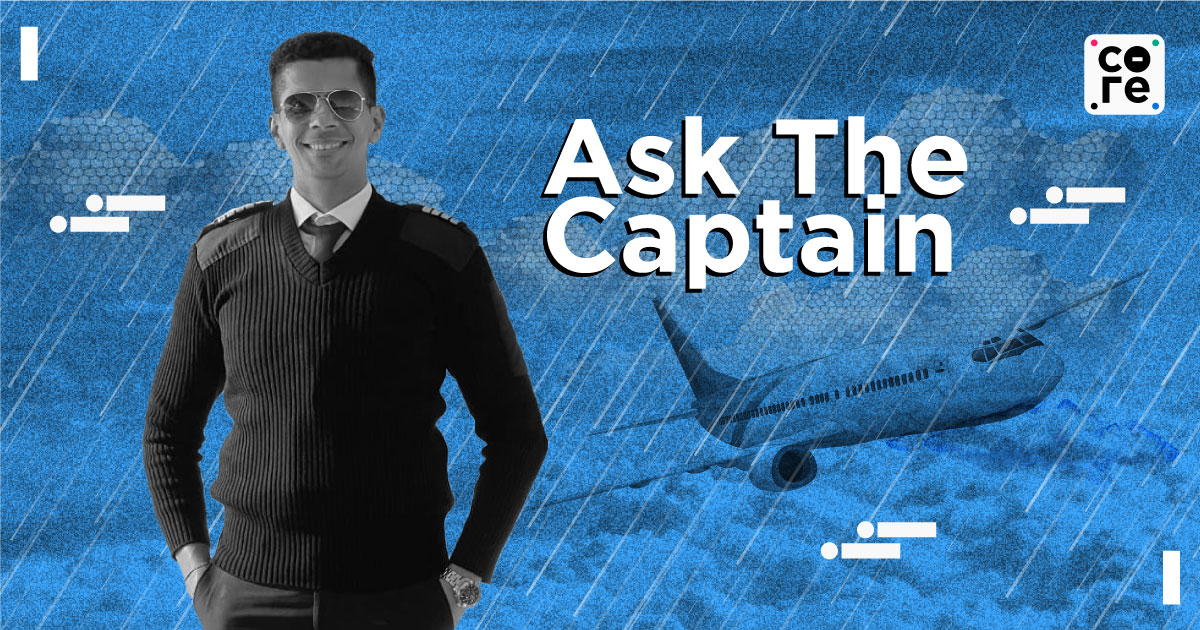
- Home
- Top Stories
- Is It Dangerous To Fly During Monsoons?
Is It Dangerous To Fly During Monsoons?
Captain Aditya Vinay Heble writes about how pilots manoeuvre tricky weather and if it's really dangerous to fly during monsoons

I'd like to start by saying NO, it is not dangerous to fly in the monsoons. But as a pilot, it is definitely a challenging time to fly during the season.
Let's take a look at some of the risks and threats that the monsoon season brings with it for air travel.
In the air, there are several types of clouds starting from close to the surface and going all the way up to even 50,000 ft.
The monsoon clouds typically last till about 25,000 feet above the ground. So you might have noticed that when the flight ascends after take-off or descends in preparation for landing, you do feel a fair amount of discomfort due to the monsoon clouding and sudden change of winds at different altitudes.
It also brings a set of challenges, closer to the ground and on the ground.
Gusty Winds, Torrential Rain Are Challenges
Some of the challenges that are associated with the monsoon season sometimes are strong gusty winds and heavy rain over the airfield.
Heavy rain can cause reduced visibility depending on the intensity of the rain. But there are laws made by the aviation regulator that forbid an aircraft to commence a takeoff or approach and landing if the visibility drops below a certain value for every airfield. An approach is a procedure where the aircraft commences its final descent to land at an airfield.
Also Read: What's Behind The Surge In International Airfares In India?
Due to heavy rains, the depth perception of the runway may change due to the refraction effect. Landing at night with approach lights can also change the perception of a pilot.
Winds can be strong, gusty and constantly shifting in direction during the approach and landing phase of the flight. These strong winds depending on the alignment of the runway can create something we pilots call a crosswind component. Ideally, the winds should come in the same direction as the runway is aligned. A crosswind is when the winds are coming from a different direction in relation to the direction of the runway. A combination of heavy rain and high crosswinds could be challenging at times.
The other risk involved is that of a slippery runway. But the airport operator measures the friction coefficient of the runway and this is reported to the pilot before he decides to make an approach to land at that airport.
The "Go Around"
A "Go Around" is a manoeuvre in which at any time the pilot thinks a safe approach or landing cannot be made he/she would discontinue/abort the landing and come back for one more if weather and surface conditions permit or then divert to an alternate airfield if conditions are not favourable at the destination.
In challenging situations, the pilot is always "go around minded". Go around minded means the pilot is always ready to perform a go-around anytime they think it will be unsafe to continue the approach or land.
Pilots are trained to handle multiple situations like these. Which is why there is mandatory recurrent training and a check for every pilot every six months in a simulator. Here different failures and abnormal conditions are simulated and he/she is trained and tested.
Above all, statistics speak for themselves and flying is considered safer than any other mode of transport.
Now you know why you should not fear flying in the monsoons!
Do you have a question to ask Captain Aditya Vinay Heble about air travel? Write to us at feed@thecore.in, or reach out to us on our social media channels here, here or here. Captain Heble will try and answer them in his fortnightly column.
Captain Aditya Vinay Heble writes about how pilots manoeuvre tricky weather and if it's really dangerous to fly during monsoons
Captain Aditya is an Airbus A320 Captain with a love of flying and a passion for safety. He is always looking for ways to improve his skills and knowledge, and is committed to providing his passengers with the best possible travel experience.

